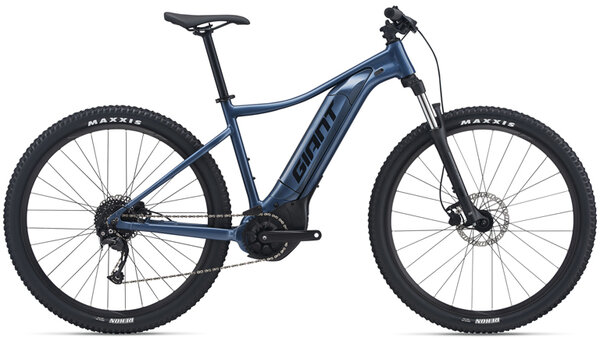Full disclosure, I'm not a biker (yet). We just moved to a Utah community in the mountains and there are tons of trails in the area for biking and/or hiking. I've been going on walks, but I don't get too far away from houses before I need to turn back, so I thought about getting an e-bike to get further afield and enjoy the area. Most of the trails are single-bike dirt paths (generally a foot wide or so) with some rocks and bumps thrown in.
I've been googling for a few days and I'm struggling to figure out what I even need:
1. I just want to be able to explore, and still survive the uphill ride home. I don't plan to be doing jumps or off-trail riding.
2. Some/most/all (still researching this) of the local trails are restricted to class 1 e-bikes. But all the bikes I seem to look at in the <$2000 price range are class 2 or 3. When I've managed to find class 1 e-MTBs, they are all in the $3,000-$10,000, which is way out of my price range.
4. The other class 1 bikes I find in my price range look like they don't have suspension, so they wouldn't be good off-road, right?
5. Are 20" wheels pretty much the only way to go here? If I had an e-bike, I'm guessing I would end up an even split between trail riding and paved roads, so it seems bigger wheels would be better. My only past biking experience is with a traditional "10-speed Schwinn", so the idea of riding around on a bike with such small tires seems off to me. But maybe that's something I just need to get over.
Thoughts/suggestions?
I've been googling for a few days and I'm struggling to figure out what I even need:
1. I just want to be able to explore, and still survive the uphill ride home. I don't plan to be doing jumps or off-trail riding.
2. Some/most/all (still researching this) of the local trails are restricted to class 1 e-bikes. But all the bikes I seem to look at in the <$2000 price range are class 2 or 3. When I've managed to find class 1 e-MTBs, they are all in the $3,000-$10,000, which is way out of my price range.
4. The other class 1 bikes I find in my price range look like they don't have suspension, so they wouldn't be good off-road, right?
5. Are 20" wheels pretty much the only way to go here? If I had an e-bike, I'm guessing I would end up an even split between trail riding and paved roads, so it seems bigger wheels would be better. My only past biking experience is with a traditional "10-speed Schwinn", so the idea of riding around on a bike with such small tires seems off to me. But maybe that's something I just need to get over.
Thoughts/suggestions?
